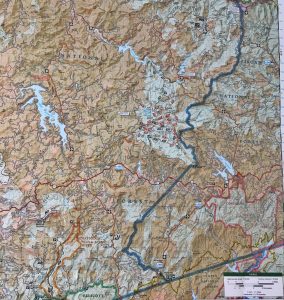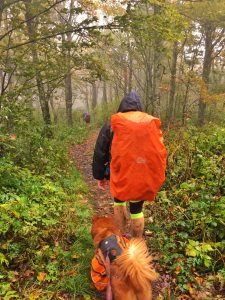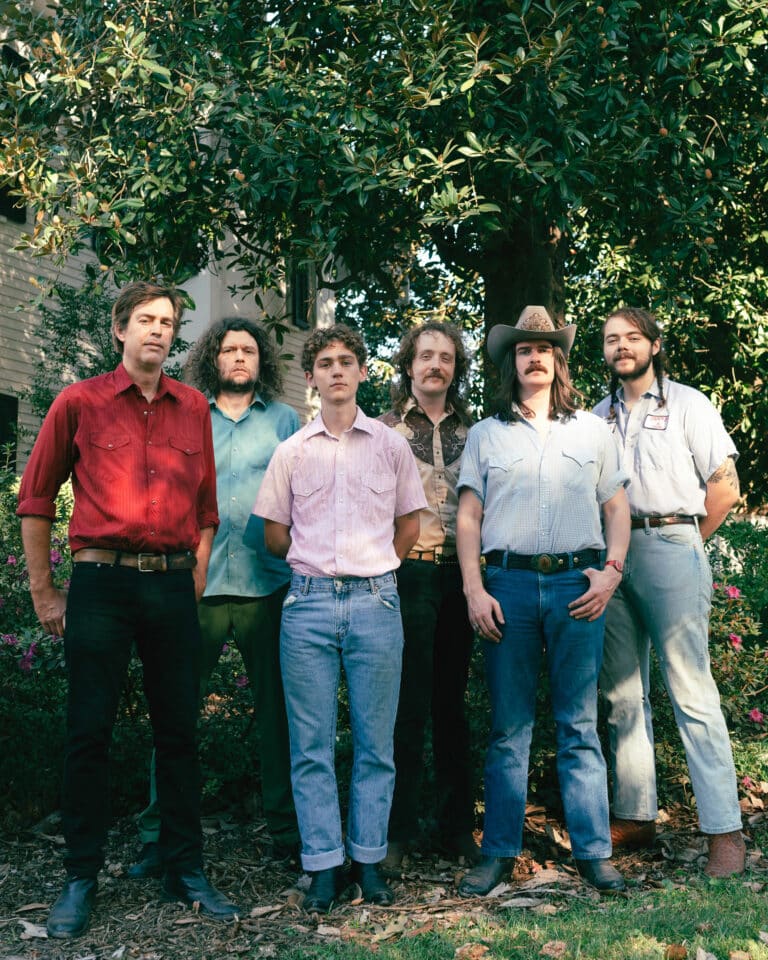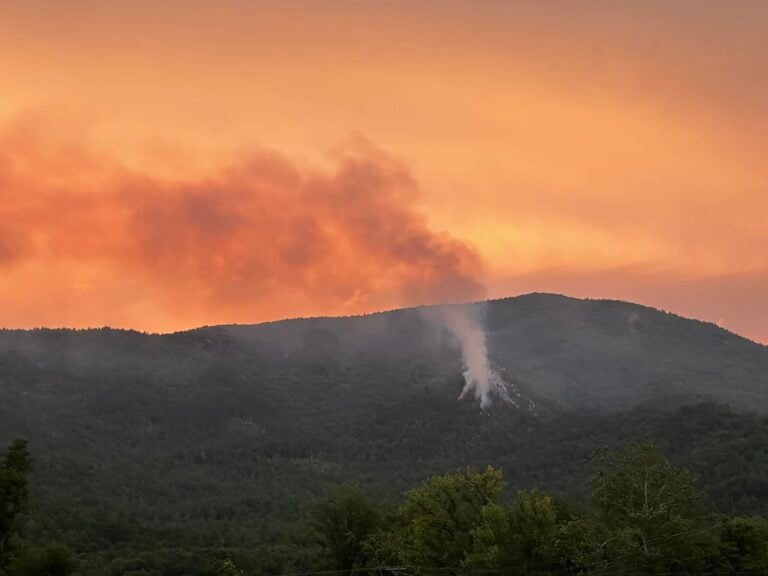Ben King grew up exploring the wilds that surround Bryson City, North Carolina. He turned this passion into a career when he opened Bryson City Outfitters last April. His quaint, downtown shop houses gear, offers advice, and upholds a community-minded ethos.
“Community over commerce,” says King. “Local independent shops have a lot of experience and knowledge to impart. I think that has a lot more value than amazon.com.”
King is a specialist at dialing in beginning backpackers. Here are a few of his tips.
1. Navigation
Plan a modest route. Do not overestimate yourself. Make sure you find the right map. “I use National Geographic maps,” King says. Eventually learning to use a compass will provide added security. King sends a lot of hikers to Nantahala National Forest. Smoky Mountain National Park, it should be remembered, requires reservations, a camping fee, and does not allow dogs. His regional favorites include Wesser Bald, Deep Creek, and Panther Town. Wherever you choose, make sure to plan a manageable journey and bring a good map.

2. Pick the Right Pack
“For a short trip a 32-liter pack should do it,” says Kings. “You don’t want just any pack. If your pack doesn’t fit properly, you’ll be sore and have a horrible trip.” According to King, good suspension and proper fitting are key. You want the weight on your hips. “As an independent, small retailer this is where our knowledge comes into effect,” explains King. He recommends two of the oldest companies in the industry, Gregory and Kelty. “They invest a lot of time into systems to fit torsos,” he says. “Gregory comes with a rain fly. Going backpacking without a rain fly is a nightmare. That rain fly can be lifesaver.”

3. Sleep Tight
“I try to introduce beginners to the mummy style bag. A good synthetic 32-degree bag will meet their needs. At any outdoor gear shop you’ve got 500 different options. Packability size is a big thing – how small can you get it. You don’t want to be lugging around a huge bag.” As for brands King says Kelty and Sea to Summit sleeping bags are the way to go.
4. Tent Over Hammock
“Going out into the backcountry for the first time you are going to be more comfortable in a tent than a hammock. You want to be looking at a three-season tent. I try to find a tent that has a footprint – a piece that goes down first before you set it up to give you a little extra insulation from the ground. I would stick to a two pole system with a rain fly. They’re not going to be super light weight without paying big bucks, but you can split up weight with two people.”

5. Calories Count
A butane single burner stove and 100 gram canister mean hot meals, however there are countless strategies to getting vital calories. Instead of expensive dried meals, King gathers grocery store basics. “I take Ramen and packaged salmon or tuna. Take those dried starches to save a lot of weight. Summer sausage. Cheese. It takes a long time for cheese to get moldy.” King advises backpackers to not worry about anything more than calories. “You want to replace those calories that you’re losing. Poptarts are not necessarily good for you, but there are a lot of calories and they go down easy. Also, trail mix. It’s worth the reward, but make sure you pour into your partner’s hand. Don’t let them reach in the bag.”
6. Clean Water
“Water filtration is a big thing,” says King. “I am comfortable identifying a spring or a clean water source, but having something to filter water is source of mental stability.” For a two-day hike, most people can carry enough water, but the extra weight is burdensome. King uses a sawyer mini water filtration system. “It’s a filter about four inches long. You can screw it on a bottle or use like a life straw straight from the source. My backup is always to have your iodine tablets.”








